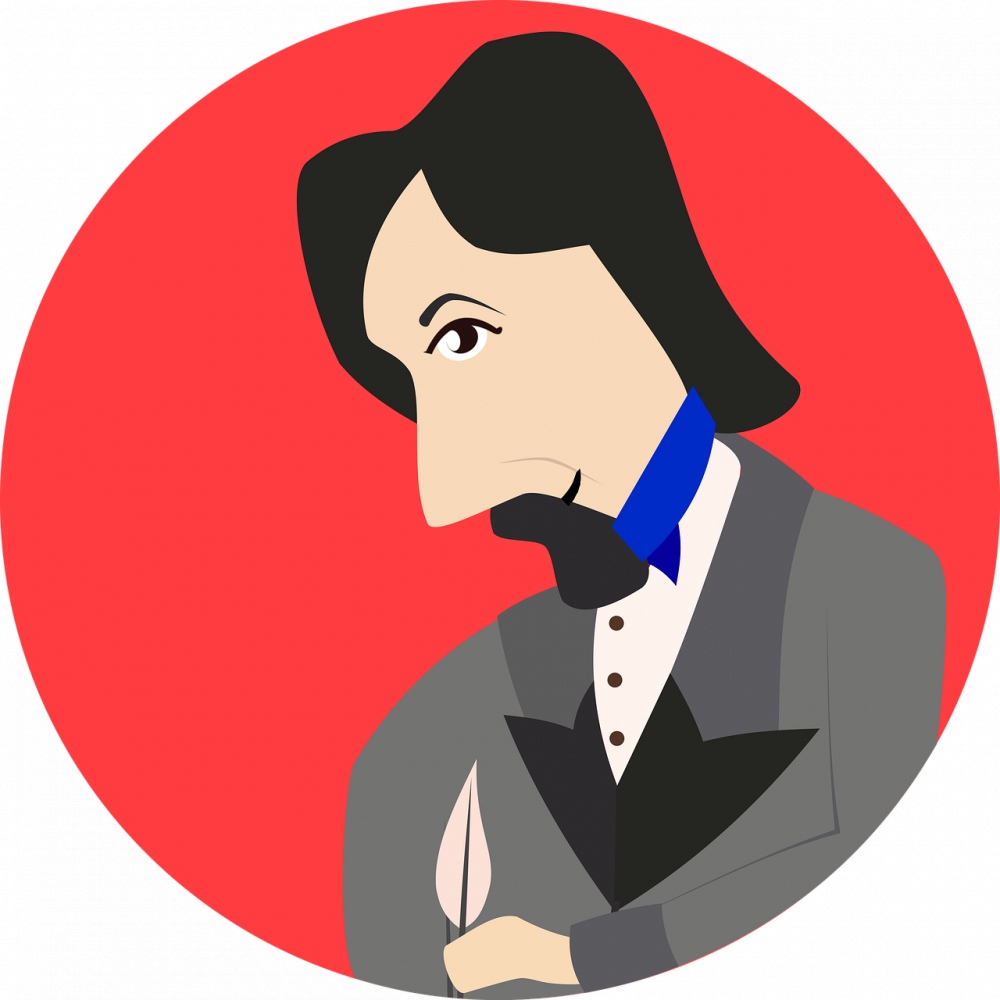Persuasion by Jane Austen: A Timeless Tale of Love and Social Responsibility

Introduction:
In the realm of classic literature, Jane Austen’s “Persuasion” stands as a remarkable masterpiece, encapsulating the essence of Regency-era society and exploring themes of love, societal expectations, and personal growth. As one of Austen’s final completed novels, “Persuasion” holds a unique place in her literary canon and continues to captivate readers worldwide. In this article, we delve into the depths of “Persuasion” and examine its historical significance, evolution over time, and enduring appeal for art enthusiasts and collectors alike.
I. An Overview of “Persuasion”:

“Persuasion” follows the story of Anne Elliot, a woman in her late twenties whose life took an unexpected turn eight years prior when she was persuaded to break off her engagement with Captain Frederick Wentworth. Now, as circumstances bring them back into each other’s lives, Anne must navigate the complexities of love, family, and societal expectations.
1. The Characters:
– Anne Elliot: A sensible and intelligent woman, whose quiet resilience shines throughout the novel.
– Captain Frederick Wentwort A confident naval officer, whose return rekindles Anne’s suppressed emotions.
– The Elliot Family: Anne’s eccentric and self-absorbed father Sir Walter Elliot, her superficial older sister Elizabeth, and her younger, more sympathetic sister, Mary.
– The Musgrove Family: Neighbors of the Elliots, who play a pivotal role in the story’s progression.
– Secondary Characters: A host of nuanced personalities, highlighting the societal norms and constraints of the era.
2. Major Themes:
– Love and Regret: Austen explores the power of love, its endurance, and the poignant effects of regret and missed opportunities.
– Social Status and Reputation: The novel delves into the intricacies of Regency society, where wealth and social standing dictate one’s destiny.
– Personal Growth and Second Chances: Anne’s journey towards self-discovery and the pursuit of happiness forms the core of the narrative.
II. Historical Evolution of “Persuasion”:
1. Initial Reception:
– Upon its publication in 1818, “Persuasion” received relatively little recognition compared to Austen’s earlier works. It was actually her brother, Henry Austen, who posthumously published the novel.
– Critics and readers initially overlooked the novel’s understated brilliance, overshadowed by the larger-than-life characters of Austen’s earlier creations like Elizabeth Bennet and Mr. Darcy.
2. Rediscovery and Rising Popularity:
– In the early 20th century, renewed interest in Austen’s novels, including “Persuasion,” led to a resurgence in popularity.
– Scholars and writers began to appreciate the subtle social commentary, complex characterizations, and elegant prose that define Austen’s works.
3. Influence and Adaptations:
– “Persuasion” has garnered a heritage of adaptations, including film, television, and theater productions, further cementing its enduring appeal.
– These adaptations bring Austen’s characters to life, captivating new generations of audiences and sparking renewed interest in her timeless stories.
III. Key Factors for Google Featured Snippet Optimization:
To enhance the probability of our article appearing as a Google featured snippet, it is crucial to structure the text in a concise and informative manner. Bullet points can aid in capturing key points for search engines to showcase. Below is an example:
– “Persuasion” by Jane Austen: A timeless tale bridging love and societal expectations.
– Historical evolution of “Persuasion” from its overlooked publication to increasing popularity.
– Characters and major themes: Anne Elliot’s journey of self-discovery, second chances, and the intricacies of Regency-era society.
– Influence of “Persuasion” and its adaptations: captivating audiences for generations.
[Here, please insert the video related to “Persuasion Jane Austen.”]
Conclusion:
Jane Austen’s “Persuasion” continues to mesmerize readers with its profound exploration of love, societal pressures, and the indomitable human spirit. Through its nuanced characters and timeless themes, the novel captures the hearts of art enthusiasts and collectors seeking to immerse themselves in the beauty of Austen’s prose. As we dive into the world of “Persuasion,” we rediscover a tale that effortlessly transcends time, inviting us to reflect upon our own lives and the power of persuasion in shaping our destiny.





